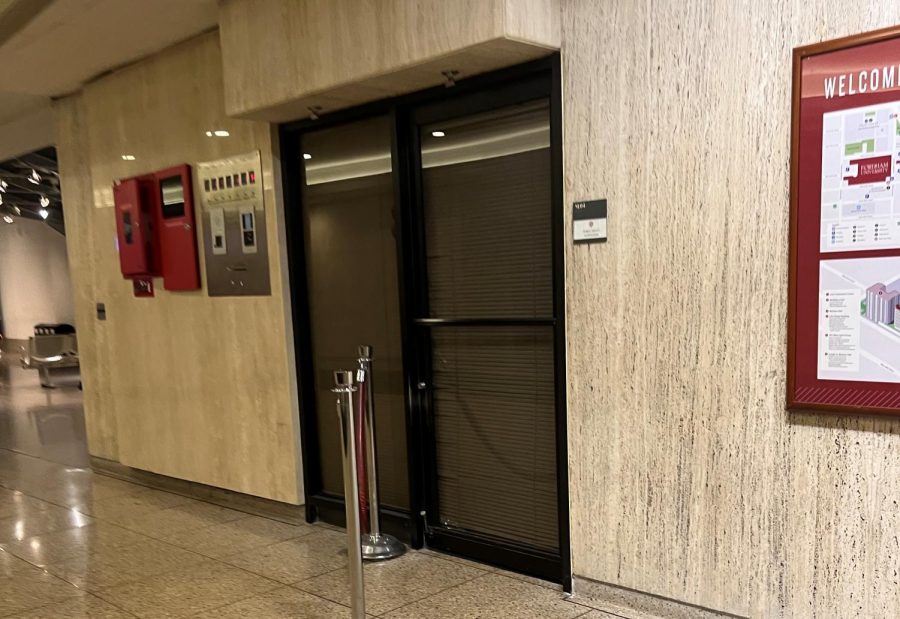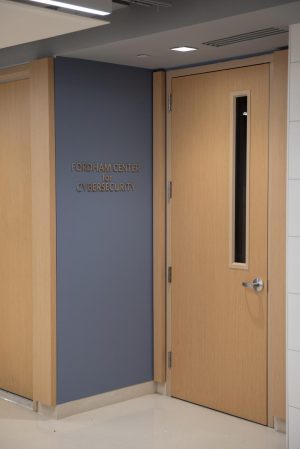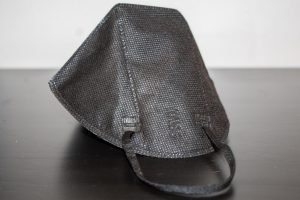Contact Tracing Process Remains Unchanged
Despite claims of crowded classrooms and the omicron variant, no increase in contact tracing has been seen
Public Safety identified 589 students who came in close contact with someone who was infected in the fall semester. There has not been much of a change in numbers this semester.
February 17, 2022
In order to allow for in-person classes, the Fordham administration employed a system of contact tracing for when an individual in a class tests positive. This system has been in effect since the fall of 2021. As students have returned to classes in the spring semester, many have reported an increase in receipts of contact-tracing notifications.
When an individual tests positive for COVID-19, there is a 20-step follow-up process to determine who they came into contact with, according to Associate Vice President for Public Safety John Carroll. This includes an interview with the COVID-positive individual and the process begins as soon as the contact tracers are informed of someone testing positive for COVID-19.
Those in close proximity with the infected individual may receive a notification alerting them to their close contact status, which is defined as being in contact “2 days from a person reporting symptoms or the day of their positive test, as recommended by the John Hopkins Contact training,” Robert Fitzer, director of Public Safety, said. The individual would also have had to be within six feet of the infected person for at least 15 minutes.
In accordance with guidelines issued by the Centers for Disease Control and Prevention, Johns Hopkins Medicine states that contact tracing breaks the chain of transmission in disease outbreaks through a three-step process. These steps include encouraging the infected individual to isolate themselves, confidentially determining who the infected person has been in contact with and notifying those that have been near a COVID-positive individual to monitor their health for any symptoms.
“We have not experienced a relationship between class attendance and COVID spread,” Carroll said. “We have definitely seen a direct correlation with attendance at social events. Obviously there is a correlation between roommates both on and off campus.”
Marie Atendido, Fordham College at Lincoln Center ’24, said within the first week of the second semester, she had already been identified as a close contact and expressed concern about overcrowded classrooms.
Carroll said the university has not altered its approach to contact tracing since the fall semester.
“It was a bio class, and to be honest, there aren’t many open seats in that class–meaning we are pretty close together–which could pose a problem if/when someone tested positive and it spread,” she said.
Fitzer noted that once the close contacts of the infected individual have been identified, they are entered into a database. If the individual is fully vaccinated and received their booster vaccination, it is recommended that they receive a PCR test five days after exposure. Unvaccinated individuals are told to not attend classes in person, quarantine and call the Public Safety contact tracers immediately.
Despite the omicron variant of COVID-19 proving to be a more contagious strain of the initial virus, Carroll said the university has not altered its approach to contact tracing since the fall semester. He said that in comparison to the fall semester, “There has been no appreciable change in numbers being notified.”
During the fall semester, Public Safety identified 589 students in close contact with an infected individual, according to Fitzer. Out of the 589 cases, 366 came from Rose Hill and 223 from Lincoln Center. As of Feb. 15, there have been 330 close contacts during the spring semester, with 285 from Rose Hill and 45 from Lincoln Center.















